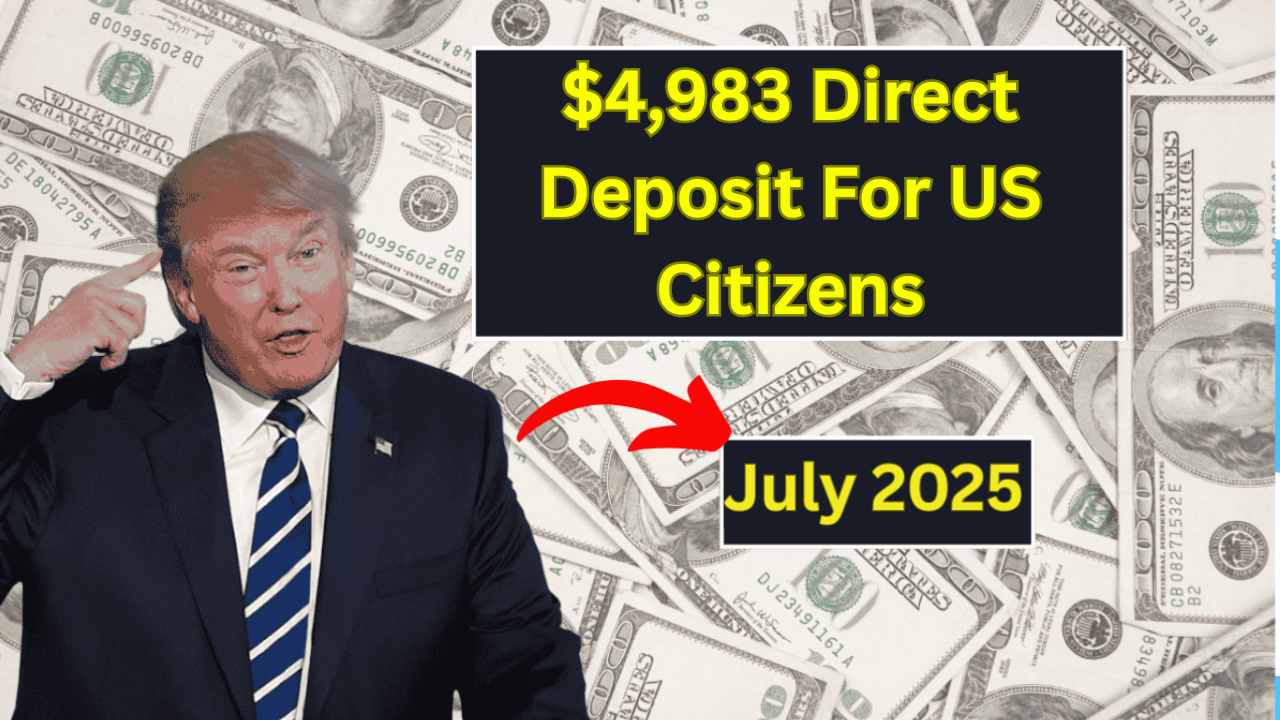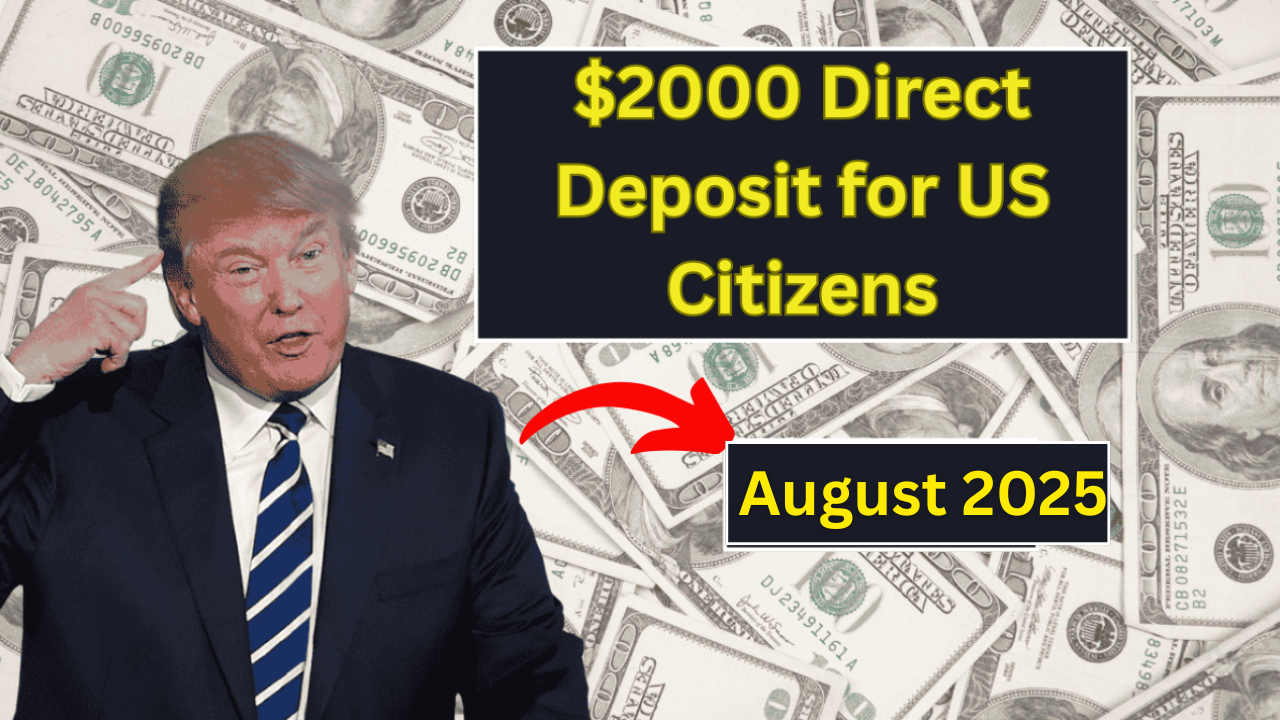Your $5 Bill Could Be a Collector’s Dream:Imagine you dig into your wallet to buy a coffee and find an ordinary five-dollar bill… and discover that what you have might actually be worth $66,000. Sounds like a scene straight out of a movie, right? But for collectors, currency lovers, and even ordinary spenders, it’s a reality that plays out more often than you might think.
Rare notes with unique serial numbers are a hot commodity in the world of numismatics (the study and collection of currency), and one such five-dollar note has stunned collectors with an estimated worth of up to $66,000 — and it’s all thanks to its unusual serial number.
Let’s find out why this ordinary piece of paper is making headlines, what you should be looking for in your wallet, and how a simple digit combination could lead you to a small fortune.
Why Some $5 Bills Are Worth a Lot of Money
When people hear about rare currency, most people think of coins — but paper bills, especially those with unique serial numbers, are just as collectible, and sometimes even more valuable.
The serial number is a unique sequence of numbers and letters on each note, repeated twice on the front. Although most notes have random combinations, some serial numbers form patterns that are highly sought after by collectors.
One such note recently caused a stir in the collector community because of its “ladder” serial number:
01234567
This exact sequence is nearly impossible to find in circulation — and when such a note does turn up, it’s considered a once-in-a-lifetime find. A $5 note with the exact same serial number, in uncirculated condition, can sell at auction for $66,000 or more.
What serial numbers to look for
If you want to know if the money in your pocket might have some hidden value, keep an eye out for these rare serial number patterns:
- Ladder: eg 12345678 or 87654321
- Recursive: eg 45454545
- Radar numbers: eg 12344321 (same number even if read upside down)
- Solid numbers: eg 77777777
- Low numbers: eg 00000001 to 00000009
- Binary notes: use only two digits, eg 01010101
The fewer the variations and the more symmetrical or unique the sequence, the more valuable it is in the eyes of collectors.
True Story: Lucky Find
A Kansas City man named Ryan T. recently shared his story on a collector forum. He was rummaging through his drawers to gather some money for a family outing when a fresh $5 bill caught his eye.
“I looked at the serial number, and it just looked… perfect,” he wrote. The note’s serial number was 01234567.
He posted it on a collector site, and within hours, offers started coming in. By the end of the week, an anonymous buyer offered him $66,000 based on the confirmation of the bill and its condition.
Ryan sent it off for grading, and when it came back as “Gem Uncirculated,” the deal was sealed.
How to check your bills
Start with any paper currency you already have—especially $1, $2 and $5 notes, which are often printed in large quantities and widely circulated.
Follow these steps:
- Look closely at the serial numbers on both front corners.
- Look for the patterns mentioned above.
- Check the condition—clean, flat and unwrinkled notes are more valuable.
- Search online communities or apps like FancySerialNumber or currency collectors forums.
- If your note looks good, consult a professional appraiser before selling.
Final Thoughts: Don’t Spend the Bill Just Yet
It’s easy to overlook paper currency in today’s digital economy, but treasure could be hiding in your pocket. The next time you find a $5 bill out in the open or pull a note out of an old birthday card, pause and look at the serial number.
Who knows? You may have a collector’s dream worth thousands of dollars. In the world of rare currency, what looks ordinary can turn out to be extraordinary and life-changing.



